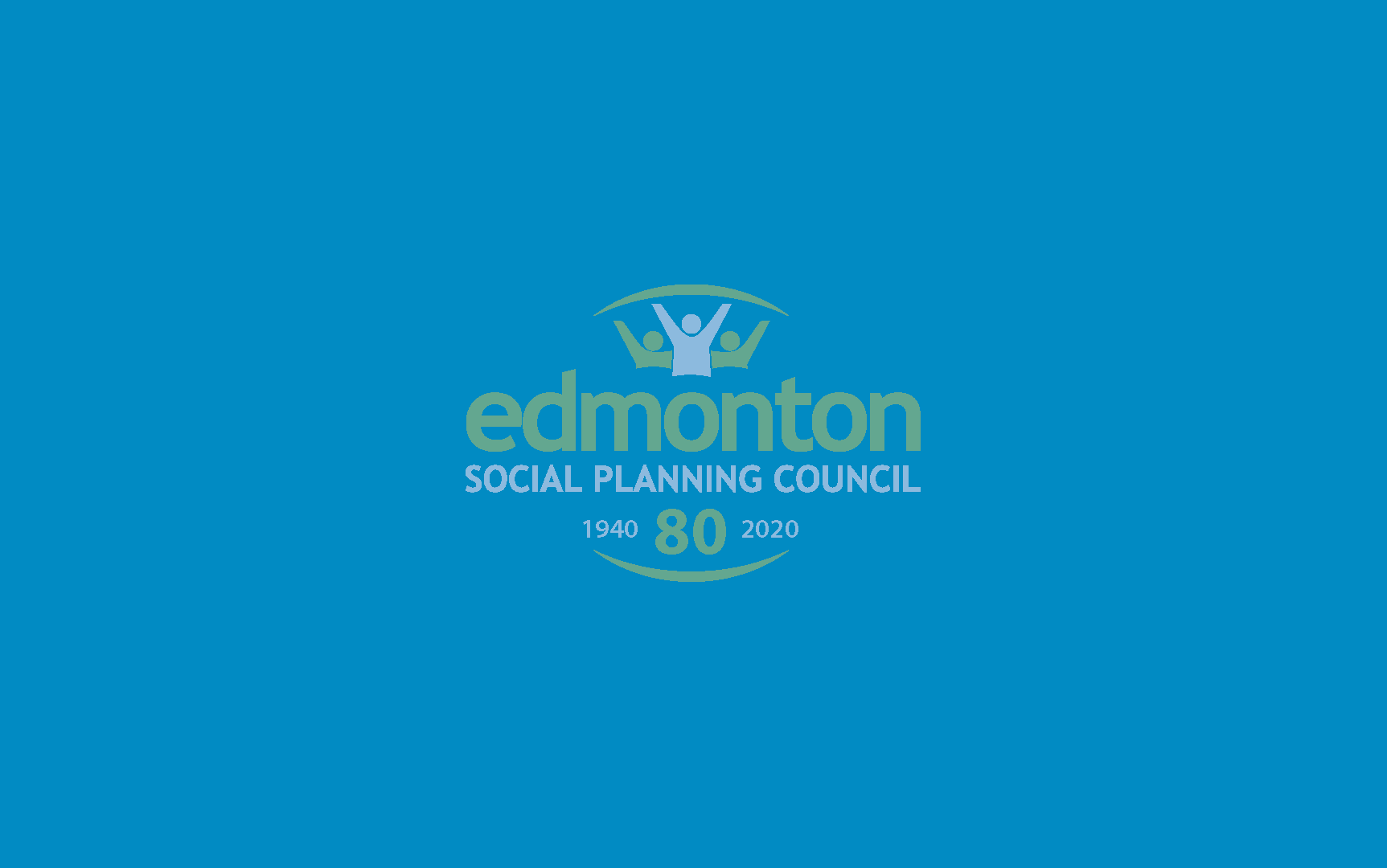[et_pb_section fb_built=”1″ _builder_version=”4.7.0″ custom_margin=”0px||0px||false|false” custom_padding=”0px||0px||false|false”][et_pb_row column_structure=”3_4,1_4″ use_custom_gutter=”on” gutter_width=”1″ _builder_version=”4.7.3″ _module_preset=”default” width=”100%” custom_margin=”0px||||false|false” custom_padding=”3px||5px|||” border_width_bottom=”1px” border_color_bottom=”#a6c942″][et_pb_column type=”3_4″ _builder_version=”4.7.0″ _module_preset=”default”][et_pb_post_title meta=”off” featured_image=”off” _builder_version=”4.7.4″ _module_preset=”default” title_font=”||||||||” custom_margin=”||3px|||” border_color_bottom=”#a6c942″][/et_pb_post_title][/et_pb_column][et_pb_column type=”1_4″ _builder_version=”4.7.0″ _module_preset=”default”][et_pb_image src=”https://edmontonsocialplanning.ca/wp-content/uploads/2020/12/COLOUR-BLOCKS_spaced-300×51.png” title_text=”COLOUR BLOCKS_spaced” align=”center” _builder_version=”4.7.7″ _module_preset=”default” max_width=”100%” module_alignment=”center” max_height=”50px” custom_margin=”0px|0px|0px|0px|false|false” custom_padding=”10px|0px|10px|0px|false|false”][/et_pb_image][/et_pb_column][/et_pb_row][et_pb_row column_structure=”3_4,1_4″ use_custom_gutter=”on” gutter_width=”1″ make_equal=”on” _builder_version=”4.7.4″ background_size=”initial” background_position=”top_left” background_repeat=”repeat” width=”100%” custom_margin=”0px|auto|0px|auto|false|false” custom_padding=”37px|0px|44px|0px|false|false”][et_pb_column type=”3_4″ _builder_version=”4.5.6″ custom_padding=”0px|0px|0px|0px|false|false” custom_padding__hover=”|||”][et_pb_text _builder_version=”4.7.4″ _dynamic_attributes=”content” _module_preset=”default” text_font=”||||||||” text_text_color=”#000000″ custom_padding=”||32px|||”]@ET-DC@eyJkeW5hbWljIjp0cnVlLCJjb250ZW50IjoicG9zdF9kYXRlIiwic2V0dGluZ3MiOnsiYmVmb3JlIjoiIiwiYWZ0ZXIiOiIiLCJkYXRlX2Zvcm1hdCI6ImRlZmF1bHQiLCJjdXN0b21fZGF0ZV9mb3JtYXQiOiIifX0=@[/et_pb_text][et_pb_button button_url=”https://edmontonsocialplanning.ca/wp-content/uploads/2020/12/AB-Budget-2021-Submission.pdf” button_text=”Download the Alberta Budget 2021 Consultation Submission (PDF)” button_alignment=”left” _builder_version=”4.7.4″ _module_preset=”default” custom_button=”on” button_text_color=”#ffffff” button_bg_color=”#008ac1″ custom_margin=”||19px|||” custom_padding=”||5px|||”][/et_pb_button][et_pb_text _builder_version=”4.7.4″ text_line_height=”1.6em” header_2_font=”||||||||” header_2_text_color=”#008ac1″ header_2_font_size=”24px” background_size=”initial” background_position=”top_left” background_repeat=”repeat” text_orientation=”justified” width=”95%” module_alignment=”left” custom_margin=”44px|0px|2px|-96px|false|false” locked=”off”]
Note: this is a written submission to the Government of Alberta’s Budget 2021 consultation. For more information or to participate, visit their website.
December 3, 2020
Subject: Alberta Budget 2021 Submission
To Whom It May Concern:
Thank you for this opportunity to make a submission as part of the Government of Alberta’s consultation process in the lead-up to the Alberta Budget 2021, which will be released in February 2021.
Budgets are an important part of a government’s plans and aspirations as they implement the programs and priorities that are aligned with the needs and wishes of their citizens. Budgets are also about choices, which have far-reaching implications for the well-being of our province.
The Edmonton Social Planning Council does social policy research with an emphasis in the areas of low-income and poverty. Our research over the years have presented various social policy options and alternatives and we are happy to share the areas of concern regarding the next provincial budget. We believe it should place emphasis on creating healthy and vibrant communities by making life better for all Alberta families and individuals.
The COVID-19 pandemic, coupled with the collapse in global oil prices, has placed Alberta in an extremely difficult and challenging place. The role of the provincial budget should provide a roadmap to a recovery that is equitable and inclusive for all Albertans.
Now more than ever we have individuals and families who find themselves part of the growing working poor. We must invest in families and individuals with the appropriate programs and services to lift the most vulnerable out of poverty and to protect the working poor from falling through the cracks.
The consequences of poverty and economic exclusion are well-documented, both in terms of the economic costs to our province and the impact on our social fabric. Maintaining investments in programs and initiatives that support vulnerable Albertans and the working poor is vital to ensuring Alberta’s overall prosperity now and for the years to come.
With this in mind, we have identified the following priority areas the Edmonton Social Planning Council would like to see action taken for Budget 2021.
Affordable and Accessible Child Care
With the COVID-19 pandemic forcing the initial closure of schools and child care centres, it became clear that child care would have a significant impact on our province’s economic recovery. It is paramount that our child care system is there to ensure that parents are able to return to the work force while also preserving the important gains that have been made by women in labour force participation over the decades.
Child care is out of reach for many low-income families. Often a parent (usually the mother) will make the decision to not work because their income is not high enough to justify the cost of care. Said another way, by investing in affordable and accessible child care, both parents will be able to work, improve median incomes, reduce poverty, and increase the number of Albertans contributing to the economy by paying taxes.
Over the longer term, investing in child care now will equip lower-income children for potentially more prosperous futures as they will be more likely to finish school, obtain better paying jobs, and contribute more to our economy.
Affordable Housing
Affordable housing is an intractable social problem that has persisted in Alberta since the 1990’s. When it comes to addressing this issue, adopting a human rights-based approach is paramount. In our research, one of the biggest problems associated with housing is the excessively long wait times for qualifying tenants to receive rental assistance benefits. In our report, The High Cost of Waiting, we heard from Albertans who participated in our focus group discussions that one of the best ways to address these long wait times is to receive direct-to-tenant payments. This will allow for greater housing security among renters. Making this benefit portability will allow individuals and families to choose the best place to live according to their needs. With that, it makes prudent sense for a federal-provincial agreement to be signed to implement the proposed Canada Housing Benefit.
It is critical for affordable housing to remain within the domain of the public sector and non-profit organizations. While contributions from the private sector might seem appealing, public-private partnerships end up being more costly in the long-term. Using schools as an example, a number of schools Edmonton that were built through public and private partnerships saw issues arise such as insufficient resources towards the maintenance and upkeep of these buildings. We would caution against privatization within the affordable housing sector as similar issues could arise.
Affordable Transportation
Investing in affordable transportation is crucial to helping low-income and marginalized Albertans not only survive, but thrive. Access to public transportation allows them to access employment, attend school, medical appointments, visit loved ones, drop off their children at child care centres, and access other amenities.
The Ride Transit Program in Edmonton and the Calgary Low Income Transit Pass are examples of programs that provide affordable transportation passes to low-income citizens. Continued investment in these programs is crucial to providing vulnerable populations with increased independence, reduced social isolation, participation in recreation, and access to employment and health care.
Child Benefits
Child benefits are one of the most important ways to lift families out of poverty. The federal Canada Child Benefit (CCB) together with the provincial programs the Alberta Child Benefit (ACB) and the Alberta Family Employment Tax Credit (AFETC) have been lauded for reducing child poverty. The provincial programs are targeted for low-income families and have been beneficial for the most vulnerable. However, when Budget 2019 was approved, the two programs were merged into a single benefit program, the Alberta Child and Family Benefit (ACFB). With that, the benefit amounts and threshold for phasing out of the benefit shifted significantly based on chances to income levels.
While those with the lowest incomes can receive more money (i.e. those with annual incomes under $24,467) compared to the previous program, the benefit amounts start to decrease at a much faster rate. This sharp decline in benefits actually works counter to what is intended, as families become punished for trying to increase their incomes. As a result, this places working families under more financial constraints making it more difficult to provide for their children, limiting their opportunities for community participation and for further educational development.
The new ACFB needs to be re-tooled to ensure that it helps working families stay afloat. In addition, benefits like these should be designed to deliver emergency relief for events like a pandemic. In May 2020, the Canada Child Benefit was used to distribute an extra $300 per child to families across the country. We would like to see the ACFB deliver extra funding to families in a similar fashion when their lives and livelihoods have been disrupted.
Income Supports for Albertans
It is critically important that all Albertans have the supports they need. Income support programs like Alberta Works and Assured Income for the Severely Handicapped (AISH) in their current form provide insufficient financial support for their recipients to meet their basic needs. Regarding AISH in particular, many recipients of the program are forced to make difficult financial decisions to ensure they can make ends meet. As a result, their physical and mental health are challenges and compromised as they are unable to afford nutritious and dietary specific food, have difficulty paying for public transportation, and even may be forced to divest personal belongings simply to bridge their living expenses until the next monthly payment arrives.
The Alberta government’s decision to increase the rates of AISH by $100 and index the payments for inflation, which took effect January 1, 2019, was an important step in the right direction. However, the decision in Budget 2019 to pause indexing for the foreseeable future has placed an enormous amount of stress on AISH recipients. We urge the Government to reverse this decision and restore the indexing of the benefit. Having income supports in line with the federal Canada Emergency Response Benefit (CERB) at $2,000 per month would represent a good start towards achieving that goal.
Conclusion
In closing, to ensure the prosperity and well-being of all Albertans, investing in affordable and accessible child care, housing, transportation, child benefits, and income support are important and significant ways to make a difference in Alberta. We encourage the Alberta Government to finds ways through this upcoming budget to ensure that no one is left behind.
Once again, thank you for providing the opportunity to contribute a submission. We would be happy to discuss or provide further details as requested.
Regards,
Susan Morrissey, Executive Director
Edmonton Social Planning Council
[/et_pb_text][/et_pb_column][et_pb_column type=”1_4″ _builder_version=”4.7.4″ custom_padding=”0px|20px|0px|20px|false|false” border_color_left=”#a6c942″ custom_padding__hover=”|||”][et_pb_testimonial author=”Posted by:” job_title=”@ET-DC@eyJkeW5hbWljIjp0cnVlLCJjb250ZW50IjoicG9zdF9hdXRob3IiLCJzZXR0aW5ncyI6eyJiZWZvcmUiOiIiLCJhZnRlciI6IiIsIm5hbWVfZm9ybWF0IjoiZGlzcGxheV9uYW1lIiwibGluayI6Im9uIiwibGlua19kZXN0aW5hdGlvbiI6ImF1dGhvcl93ZWJzaXRlIn19@” portrait_url=”@ET-DC@eyJkeW5hbWljIjp0cnVlLCJjb250ZW50IjoicG9zdF9hdXRob3JfcHJvZmlsZV9waWN0dXJlIiwic2V0dGluZ3MiOnt9fQ==@” quote_icon=”off” disabled_on=”on|off|off” _builder_version=”4.7.4″ _dynamic_attributes=”job_title,portrait_url” _module_preset=”default” body_text_color=”#000000″ author_font=”||||||||” author_text_align=”center” author_text_color=”#008ac1″ position_font=”||||||||” position_text_color=”#000000″ company_text_color=”#000000″ background_color=”#ffffff” text_orientation=”center” module_alignment=”center” custom_margin=”0px|0px|4px|0px|false|false” custom_padding=”32px|0px|0px|0px|false|false”][/et_pb_testimonial][et_pb_text disabled_on=”on|off|off” _builder_version=”4.7.4″ _dynamic_attributes=”content” _module_preset=”default” text_text_color=”#000000″ header_text_align=”left” header_text_color=”rgba(0,0,0,0.65)” header_font_size=”20px” text_orientation=”center” custom_margin=”||50px|||” custom_padding=”48px|||||”]@ET-DC@eyJkeW5hbWljIjp0cnVlLCJjb250ZW50IjoicG9zdF9jYXRlZ29yaWVzIiwic2V0dGluZ3MiOnsiYmVmb3JlIjoiUmVsYXRlZCBjYXRlZ29yaWVzOiAgIiwiYWZ0ZXIiOiIiLCJsaW5rX3RvX3Rlcm1fcGFnZSI6Im9uIiwic2VwYXJhdG9yIjoiIHwgIiwiY2F0ZWdvcnlfdHlwZSI6ImNhdGVnb3J5In19@[/et_pb_text][/et_pb_column][/et_pb_row][/et_pb_section]



